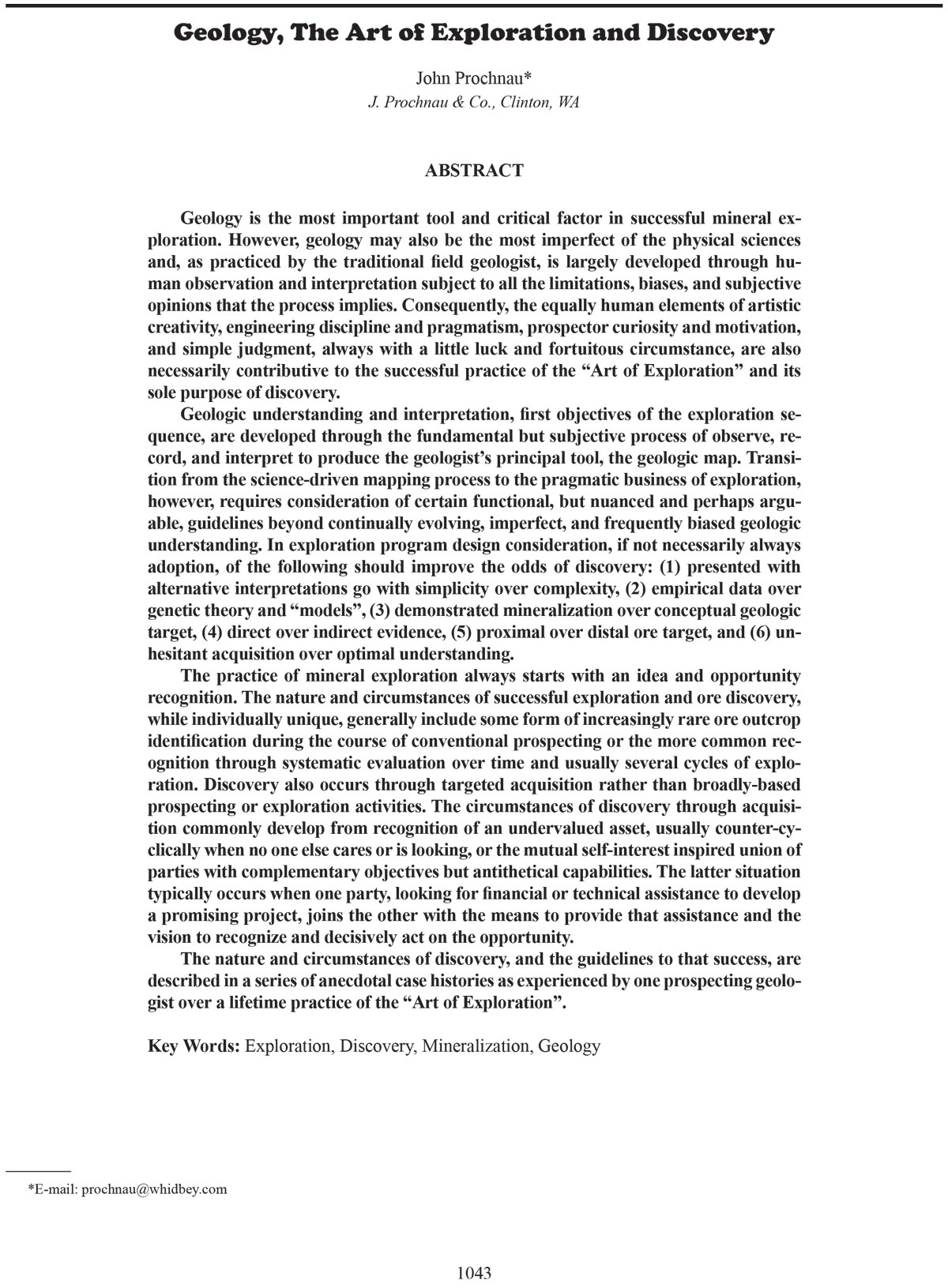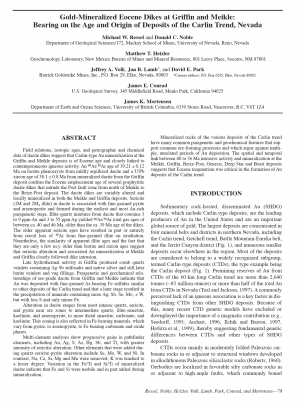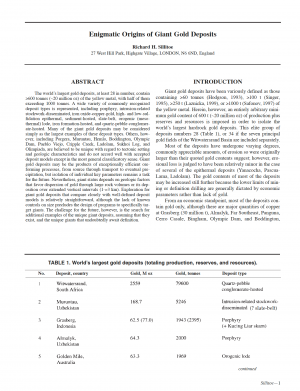Description
Geology is the most important tool and critical factor in successful mineral exploration. However, geology may also be the most imperfect of the physical sciences
and, as practiced by the traditional field geologist, is largely developed through human observation and interpretation subject to all the limitations, biases, and subjective
opinions that the process implies. Consequently, the equally human elements of artistic
creativity, engineering discipline and pragmatism, prospector curiosity and motivation,
and simple judgment, always with a little luck and fortuitous circumstance, are also
necessarily contributive to the successful practice of the “Art of Exploration” and its
sole purpose of discovery.
Geologic understanding and interpretation, first objectives of the exploration sequence, are developed through the fundamental but subjective process of observe, record, and interpret to produce the geologist’s principal tool, the geologic map. Transition from the science-driven mapping process to the pragmatic business of exploration,
however, requires consideration of certain functional, but nuanced and perhaps arguable, guidelines beyond continually evolving, imperfect, and frequently biased geologic
understanding. In exploration program design consideration, if not necessarily always
adoption, of the following should improve the odds of discovery: (1) presented with
alternative interpretations go with simplicity over complexity, (2) empirical data over
genetic theory and “models”, (3) demonstrated mineralization over conceptual geologic
target, (4) direct over indirect evidence, (5) proximal over distal ore target, and (6) unhesitant acquisition over optimal understanding.
The practice of mineral exploration always starts with an idea and opportunity
recognition. The nature and circumstances of successful exploration and ore discovery,
while individually unique, generally include some form of increasingly rare ore outcrop
identification during the course of conventional prospecting or the more common recognition through systematic evaluation over time and usually several cycles of exploration. Discovery also occurs through targeted acquisition rather than broadly-based
prospecting or exploration activities. The circumstances of discovery through acquisition commonly develop from recognition of an undervalued asset, usually counter-cyclically when no one else cares or is looking, or the mutual self-interest inspired union of
parties with complementary objectives but antithetical capabilities. The latter situation
typically occurs when one party, looking for financial or technical assistance to develop
a promising project, joins the other with the means to provide that assistance and the
vision to recognize and decisively act on the opportunity.
The nature and circumstances of discovery, and the guidelines to that success, are
described in a series of anecdotal case histories as experienced by one prospecting geologist over a lifetime practice of the “Art of Exploration”.




